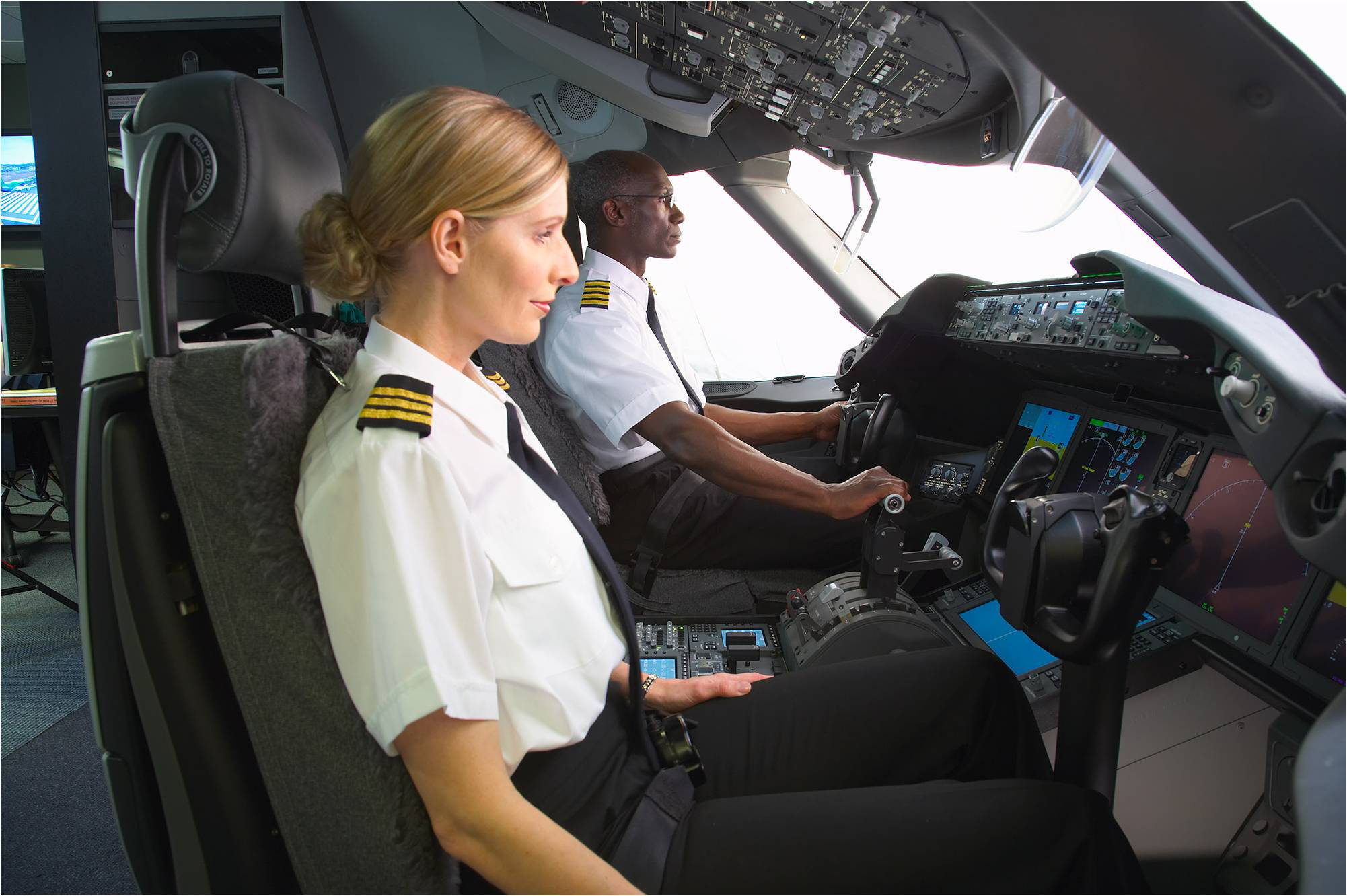
Aviation can be a difficult financial game, but plans to remove a pilot from the flight deck to save costs are being met head-on by unions and other industry bodies.
Leaders of the world’s largest pilot organisations today announced a global coalition to prevent airlines and manufacturers from pushing ahead with plans to remove pilots from the flight deck, a profit-driven scheme that poses a significant safety risk.
Pilot representatives from the International Federation of Air Line Pilots’ Associations (IFALPA), the European Cockpit Association (ECA), and Air Line Pilots Association, Int’l (ALPA) vowed to take collective action to protect the flying public and counter an aggressive corporate-led lobbying campaign targeting regulators around the world, including the International Civil Aviation Organization (ICAO).
“Whether you depart from New York, San Francisco, or Atlanta bound for London, Paris, or Tokyo, a crew of at least two qualified, experienced, trained, and rested airline pilots is at the controls on the flight deck of your plane. Every aspect of your flight—the aircraft, its systems, the regulations, and standards that apply to the flight, and the procedures that pilots follow—is deliberately designed for a team working together on the flight deck,” wrote ALPA President Capt. Jason Ambrosi, IFALPA President Capt. Jack Netskar, and ECA President Capt. Otjan de Bruijn in a recent opinion piece.
A 2017 study by NASA and the Federal Aviation Administration identified unacceptable safety risks posed by single-pilot flight operations, especially during abnormal events and emergencies. Yet, some airlines and aircraft manufacturers are currently pressuring international aviation bodies to put profits first and introduce an unacceptable level of safety risk to commercial aviation. Professional pilots embrace and support new technology on the flight deck that enhances safety; however, they unanimously agree that removing skilled aviators from the flight deck—so-called reduced-crew operations—will increase risk and compromise safety.
For more information on these collective efforts, visit www.safetystartswith2.com.
